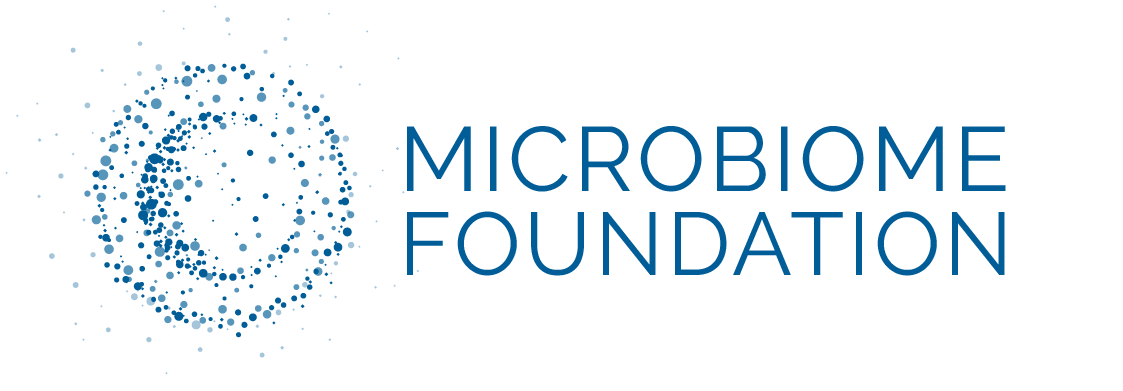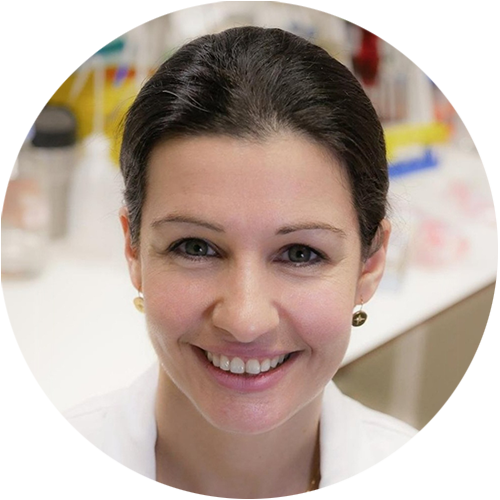Since the 19th century, numerous advances have contributed to improving human life expectancy, in particular the realization that microbial germs are at the root of many human and animal diseases. Casimir-Joseph Davaine (1812-1882) was the first to demonstrate that a microbe was responsible for an animal and human illness when he isolated the causative agent of anthrax, Bacillus anthracis. Since then, improvements in hygiene and medical progress – in particular through antibiotic treatments – have made it possible to decrease human and animal mortality by reducing exposure to infectious germs.
The beneficial role of microbes, first articulated by Ilya Ilyich Mechnikov in 1907, received increasing attention over the course of the 20th century. Thanks to the development of new anaerobic culture techniques for bacteria and subsequently of molecular biology, the study of living matter gradually expanded to include the microbial ecology of various populations that inhabit the host. A new paradigm was established: The diversity of the microbial communities we host is vaster than the Earth. As a result, this host is considered a “super organism” within which two entities – animal and microbial – coexist, forming just one.1, 2
The study of human populations whose lifestyle and diet have not changed for centuries reveals that industrialization has significantly reduced microbial diversity. 3, 4, 5,6, 7 In other words, modernity has had an impact not only on the ecosystems we inhabit but also on our own internal ecosystem. As it happens, this loss of microbial diversity – and, with it, of microbial functions – could be at the root of chronic inflammatory disease, the incidence of which only continues to rise, especially in western countries. 8, 9, 10
Research has been able to identify a number of factors responsible for our microbial depletion. It turns out that these factors are the very same ones that contributed to stemming infectious disease and increasing our longevity: hygiene, diet, and antibiotic therapy. Indeed, the water and food we consume are devoid of microbial germs. Strict disease control standards have made it possible to curb the infectious risks associated with what we consume; however, at the same time, we also ingest fewer microbes that are beneficial to our health. The modernization of our lifestyles has gone hand in hand with a reduction in the diversity of our diet – in particular of plant fibers, which however are the essential source of nutrients for our microbes. 11 Instead of these fermented products typically ingested by human societies, we now consume processed products high in sugar and fats as well as a sometimes long list of flavor enhancers, emulsifiers, and other molecules.
Current research is attempting to understand their effects on our microbiome and consequently on our long-term health. 12, 13, 14
The intensification of agricultural production methods and the growth of medical microbiology have occurred simultaneously to the industrial era and development of human societies. Extensive use of antibiotic treatments in livestock farming and human medicine has made it possible to increase productivity and limit numerous infections. However, inappropriate and excessive use of antibiotics has resulted not only in the development of resistance to these treatments in certain microbes but also to the permanent loss of bacterial species that can be beneficial to human health. [15], [16]. Proper use of antibiotics is essential, and we are now seeking to understand the impact of other drug therapies on our microbiome and vice versa.[17]
Preventing and curing the depletion of species in our microbiome in connection with our lifestyle is a major area of focus in current research. Defining precisely which microbial species we have lost and/or their missing or altered functions for good health in humans in the post-industrial context is a priority. The reintroduction of microbial species is a promising avenue of exploration. The complexity of this approach involves establishing whether the benefits will be the same for different individuals, each of whom has his or her own and hence unique microbial diversity. Targeting altered functions and restoring them is another method being explored, and numerous studies are attempting to establish the potential value of this approach.[18]
In short, understanding the dynamic of the dialogue that exists between ourselves and our microbes throughout our lives is a major challenge in human health. Supporting the durability of this symbiosis on a daily basis could make it possible to promote beneficial exchanges in order to prevent chronic disease.
Bibliography
[1] Hooper et Gordon, « Commensal Host-Bacterial Relationships in the Gut ».
[2] Eberl, « A New Vision of Immunity ».
[3] Clemente et al., « The Microbiome of Uncontacted Amerindians ».
[4] Martínez et al., « The Gut Microbiota of Rural Papua New Guineans ».
[5] Smits et al., « Seasonal Cycling in the Gut Microbiome of the Hadza Hunter-Gatherers of Tanzania ».
[6] Pasolli et al., « Extensive Unexplored Human Microbiome Diversity Revealed by Over 150,000 Genomes from Metagenomes Spanning Age, Geography, and Lifestyle ».
[7] Sonnenburg et Sonnenburg, « The Ancestral and Industrialized Gut Microbiota and Implications for Human Health ».
[8] Wang et al., « Global, Regional, and National Life Expectancy, All-Cause Mortality, and Cause-Specific Mortality for 249 Causes of Death, 1980–2015 ».
[9] Vangay et al., « US Immigration Westernizes the Human Gut Microbiome ».
[10] Blaser et Falkow, « What Are the Consequences of the Disappearing Human Microbiota? »
[11] Walter et Ley, « The Human Gut Microbiome ».
[12] O’Keefe et al., « Fat, Fibre and Cancer Risk in African Americans and Rural Africans ».
[13] Chassaing et al., « Dietary Emulsifiers Impact the Mouse Gut Microbiota Promoting Colitis and Metabolic Syndrome ».
[14] Marco et al., « Health Benefits of Fermented Foods ».
[15] Roca et al., « The Global Threat of Antimicrobial Resistance ».
[16] Blaser, « The Past and Future Biology of the Human Microbiome in an Age of Extinctions ».
[17] Zimmermann et al., « Mapping Human Microbiome Drug Metabolism by Gut Bacteria and Their Genes ».
[18] Sonnenburg et Sonnenburg, « Vulnerability of the Industrialized Microbiota ».



